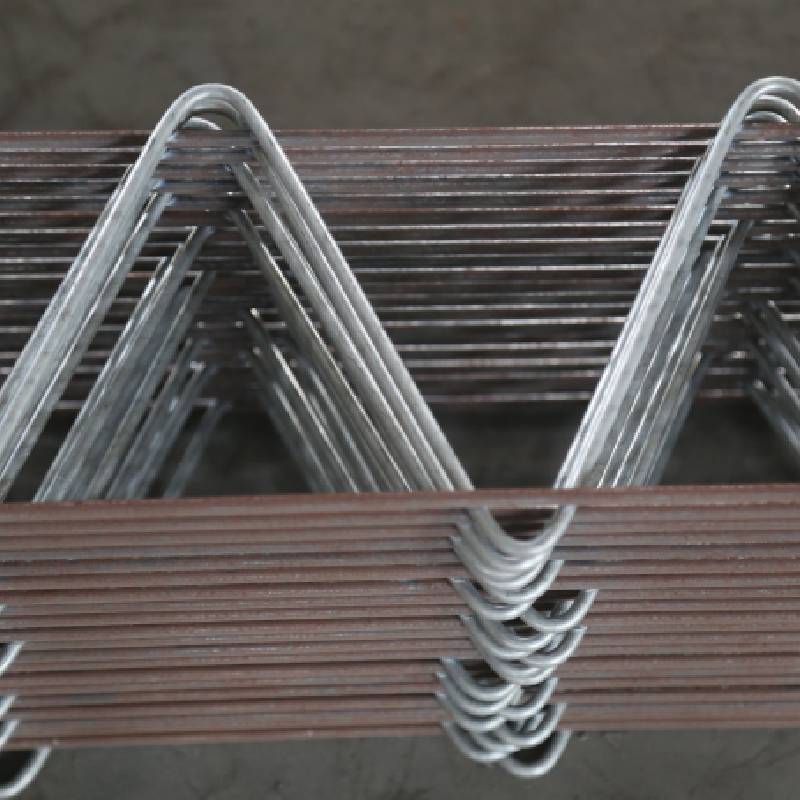
- Mobile Phone
- +8613931874955
- sales@cntcmetal.com
Exploring the Best Techniques for Ties in Brickwork Construction
Ties for Brickwork An Essential Component in Masonry Construction
When it comes to constructing sturdy and durable buildings, the choice of materials and structural components plays a vital role. One often overlooked but crucial aspect of masonry construction is the use of ties for brickwork. These ties not only enhance the strength and stability of brick walls but also contribute to the overall functionality and longevity of a building. In this article, we will explore the importance of ties in brickwork, the different types available, and best practices for their implementation.
Understanding Brickwork Ties
Brickwork ties, also known as masonry ties or wall ties, are essential components used to connect brick walls to other structural elements, such as steel frames or adjoining walls. Their primary purpose is to provide stability and ensure that the brickwork adheres properly to these structural supports. This connection prevents the brick wall from detaching, bowing, or collapsing, especially under various environmental stresses.
Types of Brickwork Ties
There are several types of ties used in brickwork, each serving different purposes depending on the construction needs
1. Galvanized Steel Ties These are among the most commonly used ties due to their strength and resistance to corrosion. They are ideal for both internal and external masonry applications and are often used in cavity walls.
2. Stainless Steel Ties For environments that are highly corrosive, such as coastal areas or industrial sites, stainless steel ties are preferred. They offer superior durability and longevity compared to galvanized options.
3. Plastic Ties Light in weight and resistant to corrosion, plastic ties have gained popularity in recent years. They are often used in lightweight masonry constructions, providing an adequate connection without the risk of rust.
ties for brickwork

4. Twist Ties These ties are typically used in specific applications where a twist design offers better grip and load distribution. They are often employed in heavy-duty constructions.
Best Practices for Using Brickwork Ties
To ensure the effectiveness of brickwork ties in a construction project, several best practices should be followed
- Follow Building Codes It’s imperative to adhere to local building regulations and codes when choosing the type and spacing of ties. This ensures compliance with safety standards and guarantees structural integrity.
- Proper Spacing The spacing of ties is crucial; they should be installed at appropriate intervals depending on the wall height and exposure conditions. Generally, a spacing of 600mm to 900mm is recommended, but this can vary based on specific design requirements.
- Installation Ties should be installed correctly, with particular attention paid to their orientation and alignment. An incorrect installation can lead to significant structural failures.
- Regular Inspection Routine inspections of masonry ties can help identify any potential issues early on. This is particularly important in areas exposed to harsh weather conditions.
Conclusion
In summary, brickwork ties are an indispensable element in masonry construction that significantly enhances the structural stability of walls. By understanding the different types of ties available and adhering to best practices in their application, builders and architects can ensure that the brick walls they construct are not only aesthetically pleasing but also strong and durable. Ultimately, investing the time to properly implement brickwork ties can save costs associated with repairs and maintenance in the long run, leading to safer and more resilient buildings.
share:
-
Why Sacrificial Formwork Is Redefining Underground ConstructionNewsJun.06,2025
-
The Structural Dynamics of Modern Concrete: How Snake Spacers Revolutionize Flexible ReinforcementNewsJun.06,2025
-
Snake Spacers Smart-Lock Concrete Reinforcement with Surgical PrecisionNewsJun.06,2025
-
Snake Spacers: Reinforcement Precision for Modern Concrete ProjectsNewsJun.06,2025
-
Snake Spacers Powering Concrete's Structural DNANewsJun.06,2025
-
Slither into Success: Snake Spacers' Precision Bite for Unbreakable ReinforcementNewsJun.06,2025
-
Sacrificial Formwork: Building Stronger, Faster, and Safer StructuresNewsJun.06,2025



















